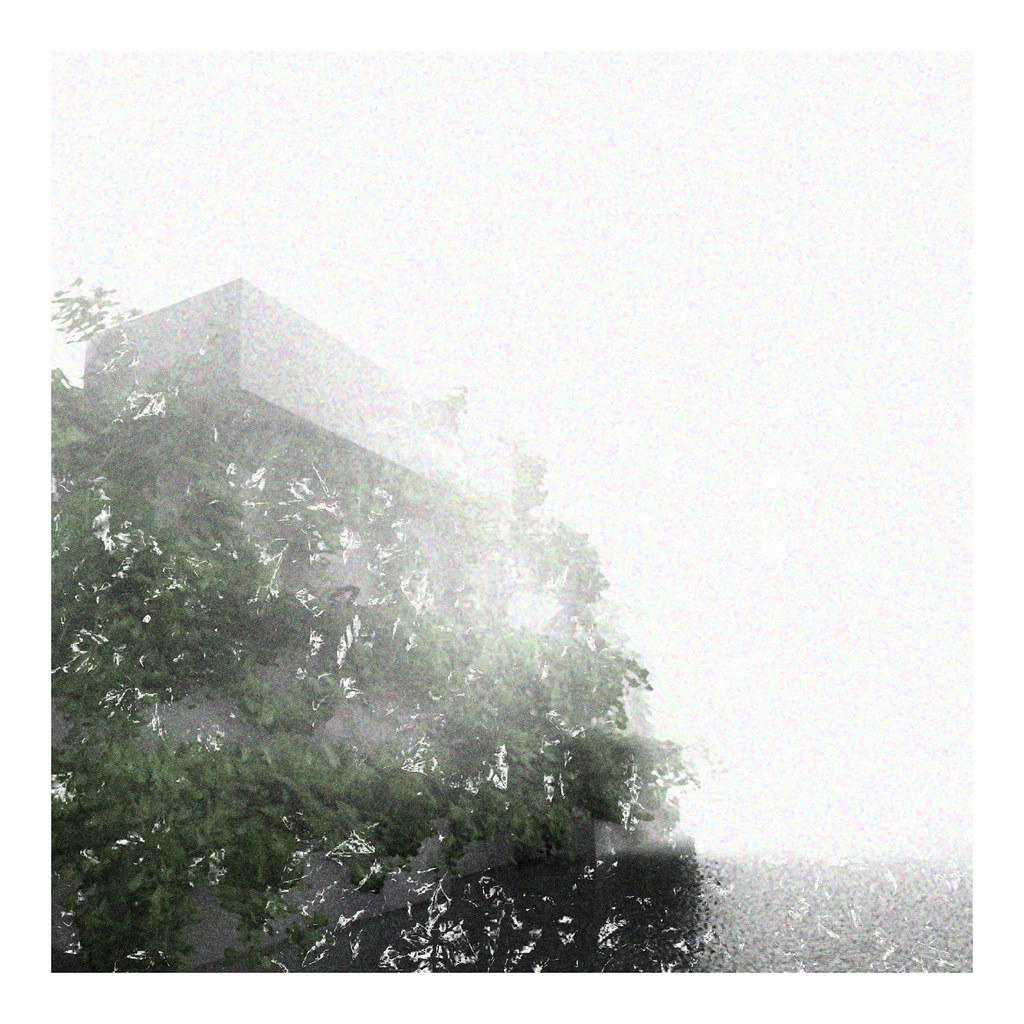
ivy, of course, often acts as a secondary surface material, the purpose being to add a picturesque element to the facade of a building, decoratively alluding to nature and decay and suggesting old-ness. This secondary surface material creates a new form around the building, potentially damaging but also providing potential shade, weatherproofing and insulation.
ivy often grows upon graves and derelict buildings, and is thus associated with decay and death. Thus it is important for our appreciation of ruination. However, as well as the thanatological associations of ivy, it can also be thought of as a surface material with properties that change over time, and also that has varying degrees of presence, never fully solid nor void. In a spectral system, ivy could be a very valuable material. It can outline a form without the form necessarily being built. It can communicate, say, the outline of a previous building, or it can act to screen the boundaries of the a buildings territory.
Anyway, here's a little ivy on a somewhat familiar form.

2 comments:
these lines from Coleridge get at ivy's transformative power at the end of lime tree bower. shifts the hues to their negative, a blackest mass gleaming in a lighter hue. reflections of sunlight.
And that walnut-tree
Was richly ting'd, and a deep radiance lay
Full on the ancient ivy, which usurps
Those fronting elms, and now, with blackest mass
Makes their dark branches gleam a lighter hue
Through the late twilight
A fine plant - at it's best with orobanche hederae growing from its roots.
Post a Comment